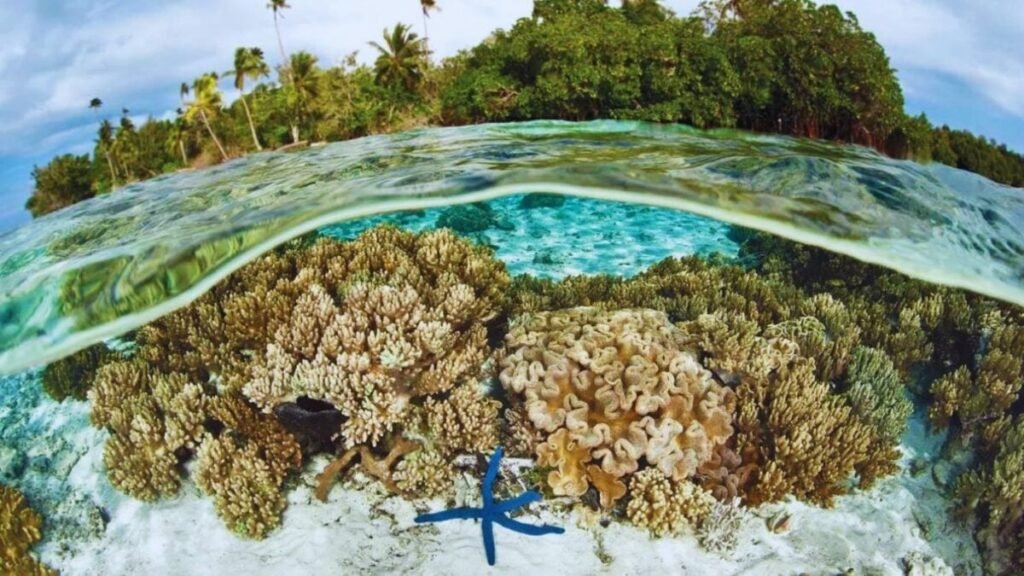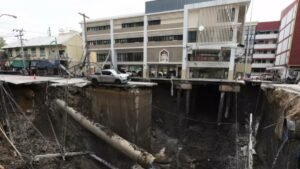Tetepare: The biggest deserted island in the South Pacific – Descendants torn between saving it and cashing in.

In the heart of the South Pacific, there’s this fascinating anomaly: a 119 km² territory that has been deserted for over 150 years. The untouched jungle and reefs face the challenge of choosing between preservation and yielding to economic demands.
## Biodiversity and Isolation: A Natural Haven
The key to its survival lies in its seclusion and absence of permanent settlements. Leatherback turtles, dugongs, and coconut crabs flourish in undisturbed ecosystems, shielded by the lack of roads and challenging access, allowing nature to thrive without human interference.
## Ancestral Heritage and Community Resistance
Wrapped in myths of diseases, curses, or external threats for over a century, the island’s inhabitants keep the legacy alive through rituals and tales. In the nineties, the menace of industrial logging led to the establishment of a protection model endorsed by international NGOs, thwarting agreements with logging companies.
## Ecotourism and Internal Struggles
The research center and ecolodge provide an economic alternative, but the revenue falls short of the descendants’ needs. Tensions persist between conservation advocates and those viewing logging as a quick fix, although some former hunters have switched sides after a change of heart.
Carbon Credits and an Uncertain Tomorrow
Carbon credit trading emerges as a potential solution, but demands audits, enduring commitments, and community trust. Internal rifts complicate its execution, while the lack of immediate benefits tests patience. Nonetheless, it stands as a symbol: an island where ancestral heritage, economic pressures, and conservation coalesce in a delicate balance that endures.







